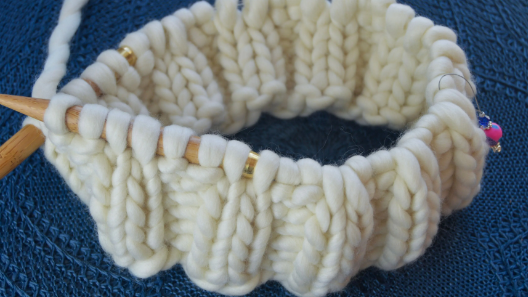Circular knitting is a technique that has gained popularity for its efficiency. This method, also known as knitting in the round, has become a favourite among seasoned knitters and novices alike. Let’s delve into the details of circular knitting and discover why it has become a staple in the knitting community.
The Basics
Circular knitting involves creating a seamless tube of fabric by knitting in a continuous spiral. Instead of using straight needles, circular knitting uses a set of circular needles or double-pointed needles, forming a closed loop. This eliminates the need for seams and allows for the creation of various items such as hats, socks and jumpers with minimal finishing work.
The Benefits of Circular Knitting
Circular knitting can accommodate a wide range of projects from gloves and mittens to larger garments like jumpers and blankets. If you are looking for a variety of knitting kits, specialists such as woolcouturecompany.com can help.
The absence of seams in circular knitting results in a professional finish which not only enhances the look of the final product but also reduces the amount of sewing required.
Knitting in the round often proves to be faster than traditional flat knitting as there are fewer interruptions from turning the work.
Furthermore, circular knitting lends itself well to projects that involve repeating patterns as the continuous nature allows for a seamless flow of designs without the need for constant adjustments.
Tips for Circular Knitting Success
Selecting the appropriate circular needles for your project is important. Consider factors such as needle material, length and size to ensure a comfortable knitting experience.
As with any knitting project, maintaining a proper gauge is essential in circular knitting. Take the time to knit a gauge swatch to ensure that your finished piece matches the intended size.

